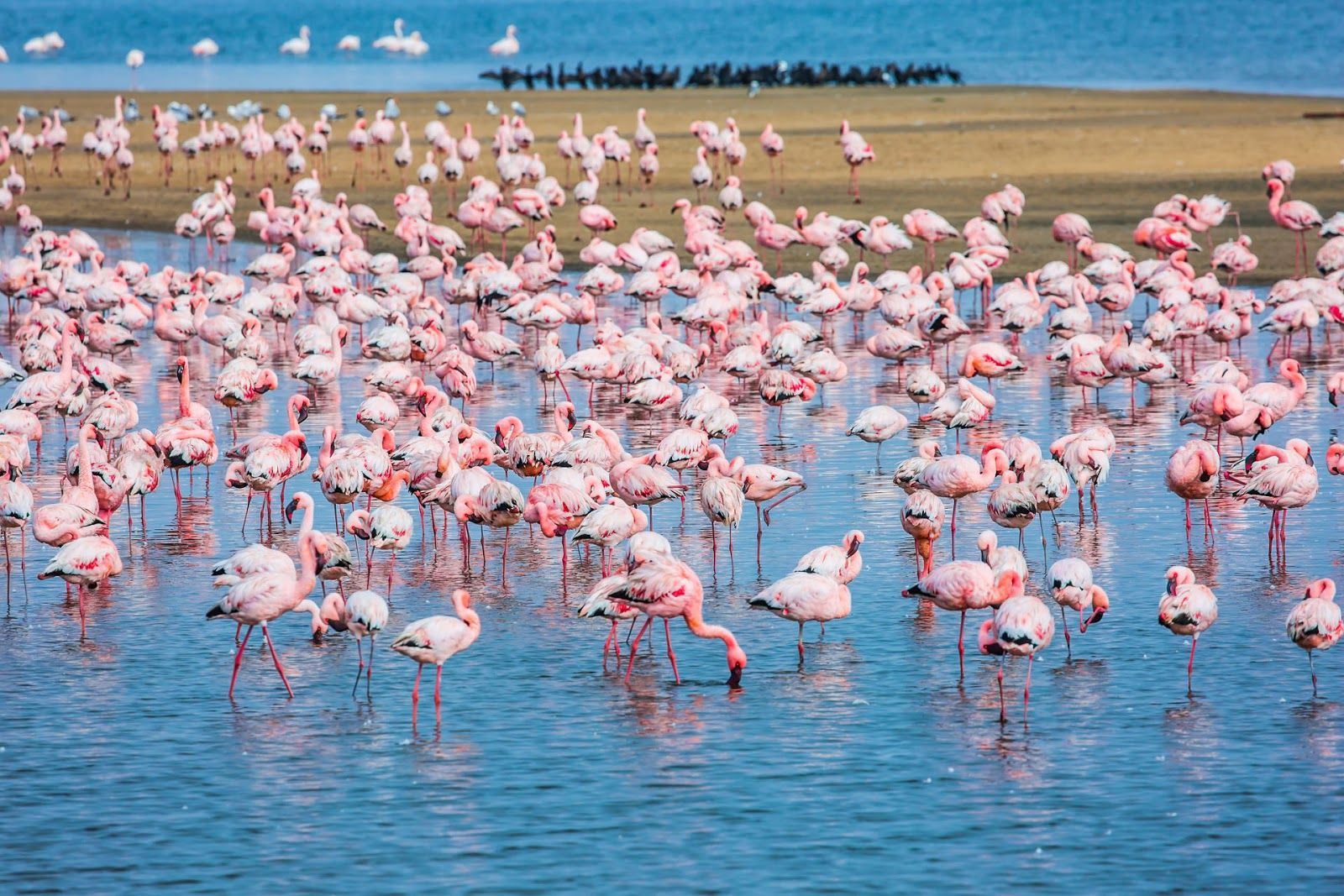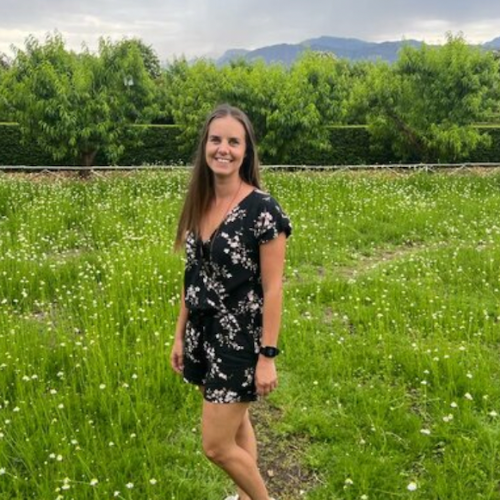Why Namibia
Under any circumstances, Namibia’s awe-inspiring scenery, extraordinary desert-adapted wildlife and glittering night skies are reason enough for it to make your bucket list. But in a world threatened by Covid, a sparsely inhabited country – Namibia is the least-densely populated one in the world after Mongolia – brimming with outdoor attractions becomes an even more compelling destination. Social distancing is simply not an issue! From canyon trekking to rhino tracking, dune-climbing to bird-watching, marvelling at ancient rock art, or simply relaxing round the campfire gazing up at the Milky Way, there’s plenty to do and see. What’s more, if you decide on a self-drive safari – arguably the best way to experience the country – you’ll be travelling in your own bio-secure bubble. After an initial supermarket pitstop to stock up with supplies, you can avoid people altogether if you prefer.
How do I organise a self-drive?
Beyond the usual international car-rental firms, Windhoek has a number of operators that specialize in 4x4s (usually a Toyota Hilux) – equipped with a roof or ground tent and all manner of other camping equipment, if desired. Outside the rainy season (usually Nov–Feb/March) a 4x4 is not essential for the most popular self-drive circuit, which sticks to smooth tarred and well-maintained gravel roads. An SUV such as a Renault Duster is a good compromise.
Do I have to camp?
The beauty of a self-drive is the possibility of mixing and matching camping, glamping and lodge stays. There’s often a choice of accommodation to suit all kinds of visitors and budgets within the same reserve or conservancy.











